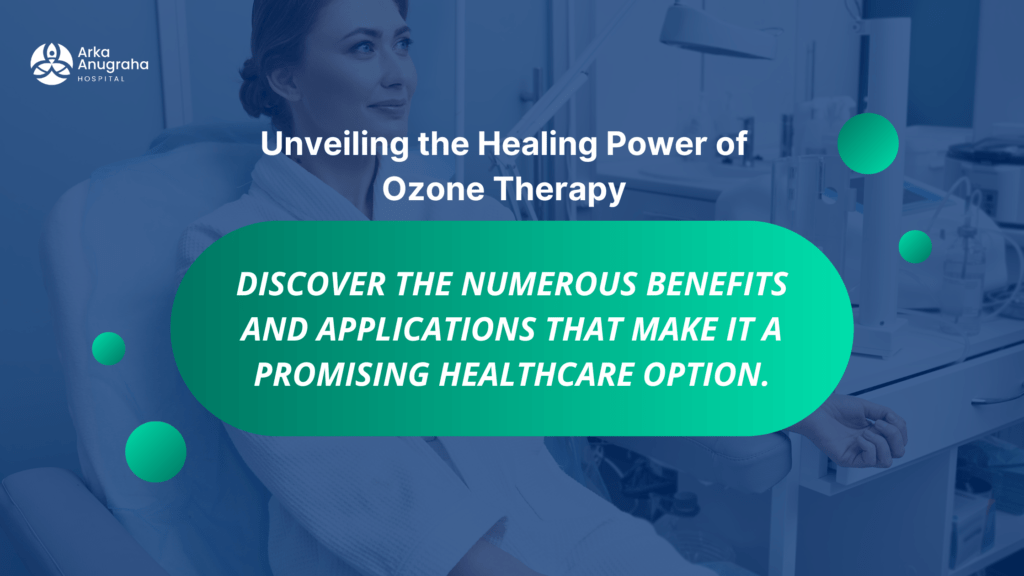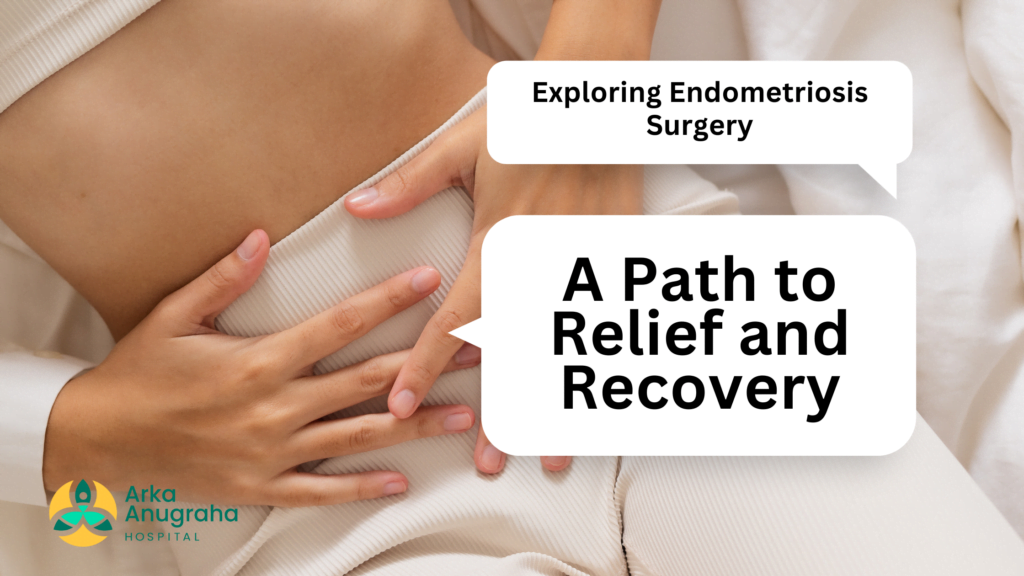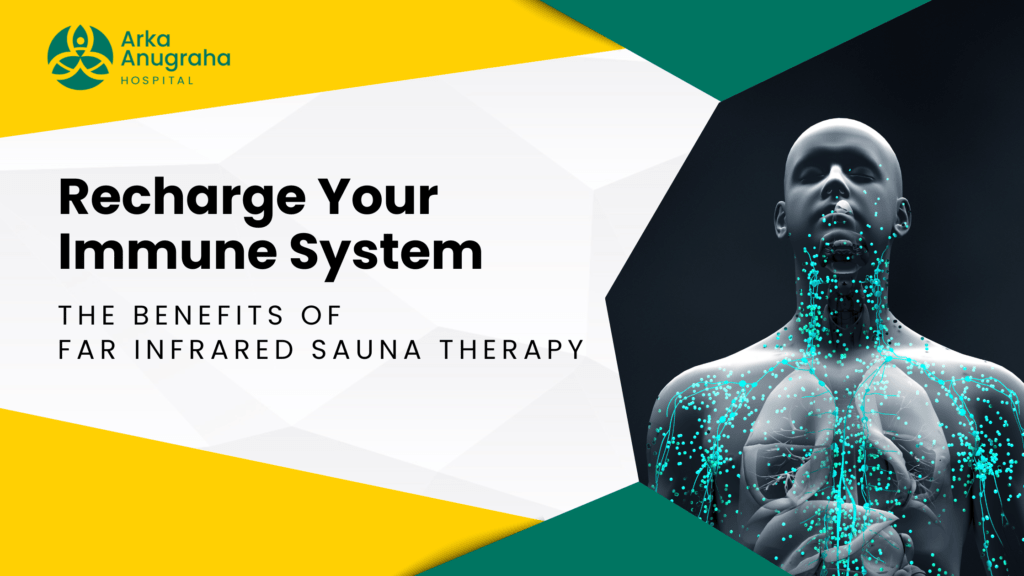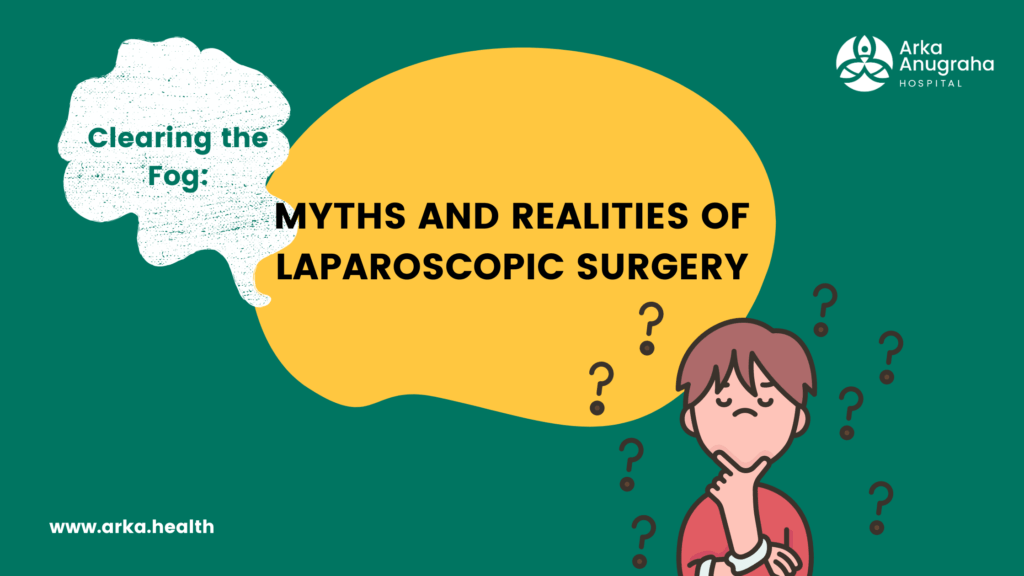Breathing patterns during sleep
In order to ensure correct breathing during sleep, a simple method called mouth taping can be used, which involves putting a piece of tape over your mouth to seal your lips ensuring airflow through your nasal passage.
This over time has a positive influence on the nasal microbiome and cells lining the nasal cavity.
Sleep
Here are some simple tips to ensure a good night’s rest
- Eliminate blue light exposure
Try to avoid using all electronic gadgets after sunset. If there is a need to use these devices, blue light exposure can still be reduced by using features such as enabling the night shift on apple devices or the twilight app on android devices
Download f.lux on your computer – Mac/windows
- Don’t eat or drink too late
- Follow good sleep hygiene – ensure your sleep environment is optimal
- Sleep on your side
Cold Exposure
Periodic cold exposure is one of the best and easiest ways to activate and heal a lost vagus nerve.
The simplest way to incorporate this into your life is to add cold exposure to your showers
At the end of a normal shower, turn down the temperature to the minimum and let it hit your head and back of your neck. Though this might be uncomfortable, try to take deep breaths. With time you’ll be able to enjoy this with a smile on your face.
Relaxation techniques
Chanting of the syllable “OM” stimulates the laryngeal muscles of the throat and vocal cords allowing stimulation of motor fibres of the vagus. Other simple words such as Amin, Ameen, and Amen can also be used.
This is the art of paying attention to your breath and listening to your heart.
Guided audio meditation either through YouTube or other apps like Headspace or Calm can be used.
Yoga involves maintaining a steady breathing pattern with a body held in different positions. Each of these positions engages the body with a different type of physical stressor. If we can train ourselves to maintain a slow deep belly breathing during these times of physical stress we can stimulate the vagus nerve.
Sunlight exposure
It is recommended you get outside and get direct sunlight on your skin each day. The best time to get outside is within 30 minutes of sunrise, 2 or 3 times a day and within 30 minutes of sunset.
Laughter and social connectedness
Laughter involves using our diaphragm and steady control of our breath, hence this can be called an exercise of the vagus nerve and also it elevates our mood.
Social connectedness is directly involved with laughter as we are more likely to laugh loudly in the presence of our near and dear ones.
Gargling and Gag reflux
The best time to stimulate gag reflux is while brushing your teeth; You can use the toothbrush to touch your soft palate to cause a gag response. It can be done twice a day. This voluntary gag can stimulate the vagus nerve
Gargling involves the art of holding water at the back of your throat and swishing it around with vigour. This causes activation of three pharyngeal muscles which stimulates the vagus nerve. It has additional benefits like eliminating unwanted bacteria if done with salt water or water containing essential oils












